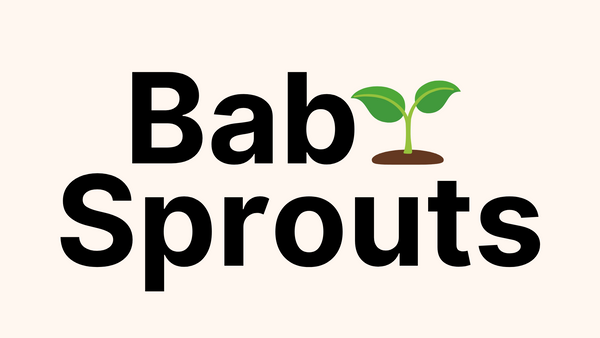
Cozy Winter Quilts: Your Ultimate Guide to Warmth and Comfort
The Essentials of Winter Quilting: Patterns, Materials, and Techniques
Discover the Perfect Winter Quilting Patterns
Winter quilting patterns often feature cozy themes. Snowflakes, evergreen trees, and holiday motifs are popular choices. Geometric designs in cool colors can create a frosty feel. Some quilters opt for traditional patterns like Log Cabin or Star blocks. These classic designs work well with winter-themed fabrics. For a modern twist, try abstract patterns that mimic icicles or frost. Don't forget about texture! Patterns that allow for puffy quilting can add extra warmth. Remember, the best pattern is one that brings you joy to create and use.

Selecting the Best Materials for Winter Quilts
Choosing the right materials is key for a warm winter quilt. Cotton is a popular choice for its breathability and ease of use. For extra warmth, consider flannel or wool. These fabrics trap heat well. Batting is crucial for insulation. Look for high-loft options made from polyester or wool. Natural fibers like cotton batting can also work well. For the backing, fleece or minky fabric adds a soft, cozy touch. Don't forget about thread! A strong, durable thread is essential for quilting. Polyester or cotton-wrapped polyester threads are good options. They can withstand frequent use and washing.
Mastering the Techniques: Tips and Tricks
Quilting techniques can make or break your winter quilt. Start with proper layering. Ensure your top, batting, and backing are smooth and even. Basting is crucial to prevent shifting. Try spray basting for an easy, secure hold. When quilting, consider patterns that add warmth. Dense quilting can create air pockets for insulation. Try techniques like stippling or echo quilting. For binding, double-fold binding offers durability for frequent use. Hand-stitching the binding can give a polished look. Don't rush the process. Take your time to ensure even stitches and secure knots.
The Art of Creating Comfort: Adding Value to Your Winter Quilts
Innovative Design Elements for Quilts and Throw Blankets
Innovative design can set your winter quilts apart. Consider adding pockets for extra coziness. These can hold hand warmers or small items. Reversible designs offer two looks in one quilt. Try contrasting winter themes on each side. Incorporate textured fabrics for visual and tactile interest. Chenille or velvet can add luxury. Experiment with unconventional shapes. Circular or hexagonal quilts can be unique statement pieces. Add personalized touches with embroidery or appliqué. Names, dates, or special messages make great additions. Don't forget about edges! Scalloped or wavy borders can add whimsy to your design.

Using Quilting to Relieve Stress and Emotional Well-being
Quilting isn't just about creating warm blankets. It's also a great way to relieve stress. The repetitive motions can be meditative. Focus on each stitch to practice mindfulness. Quilting can also boost self-esteem. Completing a project gives a sense of accomplishment. Join a quilting group for social connection. Sharing your hobby can create lasting friendships. Use quilting as a form of self-expression. Choose colors and patterns that reflect your mood or personality. Gifting quilts can bring joy to both giver and receiver. The act of creating for others can be deeply fulfilling.
The Role of Quilting in Seasonal Decor
Quilts play a big role in winter home decor. They add warmth and texture to any room. Drape a quilt over the back of a couch for easy access. Use quilts as wall hangings for instant coziness. Create themed quilts for holidays like Christmas or New Year's. These can become cherished family traditions. Don't limit quilts to the living room. They work well in bedrooms and guest rooms too. Consider making smaller quilted items like table runners or placemats. These add festive touches to dining areas. Quilted tree skirts or stockings can enhance your holiday decor.
From Hobby to Business: Monetizing Your Winter Quilting Passion
Starting Your Own Quilting Business: Strategies and Tips
Turning your quilting hobby into a business takes planning. Start by defining your niche. Will you focus on custom quilts or ready-made designs? Set clear pricing that reflects your time and materials. Don't undervalue your work! Create a business plan to guide your growth. Include goals for production, sales, and marketing. Consider the legal aspects of starting a business. Register your company and get necessary licenses. Invest in quality tools and a dedicated workspace. This can increase efficiency and output. Build relationships with suppliers for better prices on materials. Remember, consistency in quality is key to building a reputation.

Marketing Your Winter Quilts: Techniques and Target Audience
Effective marketing is crucial for a quilting business. Identify your target audience. Are you selling to new parents? Home decor enthusiasts? Craft your message to appeal to them. Use social media to showcase your work. Platforms like Instagram and Pinterest are great for visual products. Create a website to sell directly to customers. Include high-quality photos and detailed descriptions. Attend craft fairs and markets to reach local customers. This also helps build word-of-mouth referrals. Collaborate with interior designers or home decor stores. They can introduce your quilts to a wider audience. Don't forget about seasonal marketing. Promote winter quilts well before the cold season starts.
Diversifying Income: Workshops, Quilting Classes, and Online Products
Diversifying your income can make your quilting business more stable. Consider offering workshops or classes. You can teach beginners or focus on advanced techniques. Create online tutorials or courses for a wider reach. These can provide passive income. Sell quilt patterns for those who want to DIY. Digital downloads are easy to manage and distribute. Offer quilting services for those who have tops but need finishing. This can fill gaps between quilt sales. Create and sell quilting accessories like pin cushions or needle books. These make great add-on purchases. Consider writing an e-book on quilting techniques or patterns. This showcases your expertise and generates income.
